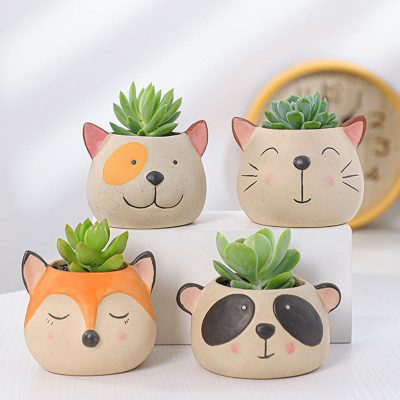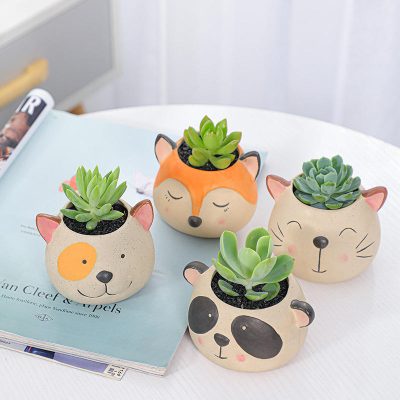1. Potted soil
Plumeria is a plant in the south, so the soil in the south is the native land. There is basically no special configuration. Plumeria has strong adaptability and can be easily fed. But for potted plants in the north, we need to pay attention to the soil. We can prepare more rotting leaf soil. In order to loosen the soil, we need to add some fine sand, vermiculite and perlite. In order to improve the fertility of the soil, we need to prepare some decomposed organic fertilizer, or a small amount of slow release fertilizer, and then prepare some crushed willow bark to fully mix all plant materials. This kind of soil has good drainage, is not easy to harden and contains fertilizer, so it is best to plant eggplant. It should also be noted that the soil should be acidic.
2. Flower pot preparation
The choice of flowerpots should not be too random. It is better to choose the flowerpots according to the size of the frangipani plant. The materials of the flowerpots can be ceramics, cement, purple sand, etc. Because they are used to make potted plants, do not use too weak flowerpots. It is better to use porcelain pots, pottery pots or purple sand pots. The air permeability of the flowerpot is good, and it should be able to keep water and moisture. Later, with the growth of frangipani, the pot should be changed in time. The shape of the pot is simple and Zen like.
3. Potting method
Plumeria can be propagated by cutting, but we can also buy a robust plumeria from the market and plant it directly. Place coarse materials, such as coarse ceramsite and mountain soil, on the bottom of the prepared flowerpot. Put the prepared soil into two-thirds of the flowerpot, dig a hole in the middle, plant the plumeria in the branches, fill the soil, press the soil firmly, and then the plumeria can be planted in the pot.
4. Curing in potting period
After potted plants are planted, they should be watered once. Newly planted eggplants cannot be directly exposed to the sun. They need shade for maintenance. To maintain the ventilation of the environment, it can be kept outdoors, so that the environment is ventilated and not afraid of stuffiness. During the potting period, pay attention to maintaining sufficient water, and the dry and wet conditions of the soil should be appropriate, with a certain humidity, but no ponding. If you keep it for a week or 10 days, the potted eggplant will adapt to the new environment, and then you can bask in the sun.
5. Potting style
The key of eggplant potted planting is to cultivate a shape, which is exquisite and beautiful. Therefore, pruning is indispensable. Pot planting does not need to raise tall trunks of frangipani, but needs to dwarf plants. You can cut the branches short after falling leaves in winter, so that the new branches will be more dense in the coming year, which will also help shape the short and thick shape of the trunk. In the growing period, you can also trim the outer layers properly and keep the inner branches dense. Pruning can not be done once or twice. It needs to be done many times over the years to produce a bonsai shape.







